The objective of this post is to guide you through the process of integrating Elementor and ClickUp, so that whenever a new user responds to your Elementor form, their details can be automatically used to create tasks in ClickUp.
This automation is easy to set up and only needs to be done once, with the help of Pabbly Connect.
The process involves linking Elementor with Pabbly Connect to gather the information of new respondents, and subsequently linking Pabbly Connect with ClickUp to create tasks in ClickUp based on the collected information.
Steps to Automatically Create ClickUp Tasks for New Elementor Form Submission
1. Sign In / Sign Up to Pabbly Connect and Create a Workflow
2. Setup Elementor as the Trigger App to Collect Responses
3. Add Date / Time Formatter to the Workflow
4. Setup ClickUp as the Action App to Create New Tasks
Step 1:- Sign In / Sign Up to Pabbly Connect and Create a Workflow
A. Sign In / Sign Up
To begin this process, visit Pabbly Connect and create your account by clicking on the ‘Sign Up Free’ button. You can also click on Sign In if you already have an account.
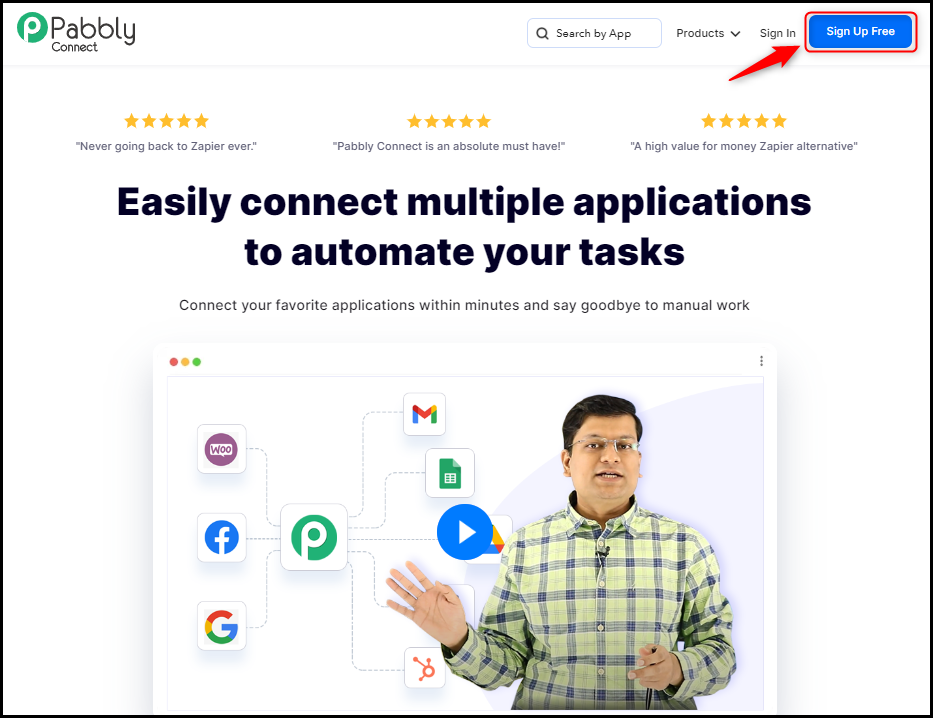
Click on the Pabbly Connect ‘Access Now’ button

B. Create Workflow
To create a new workflow, click the ‘Create Workflow’ button.
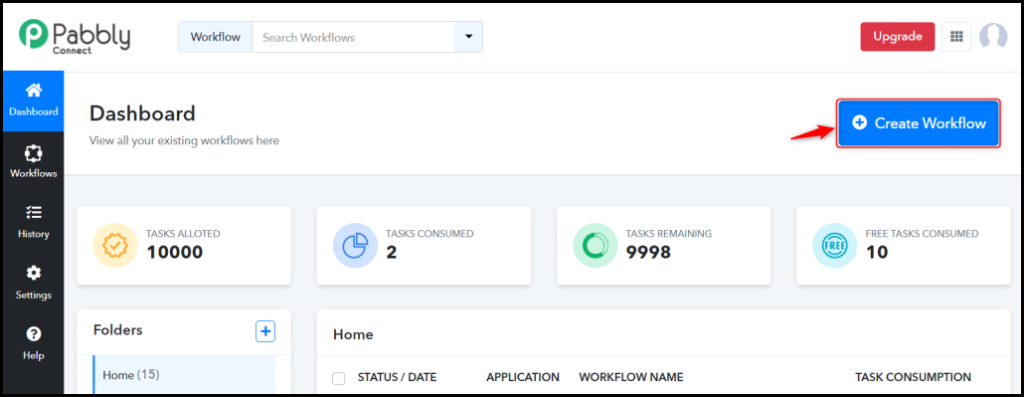
Name your workflow, and click on ‘Create’.
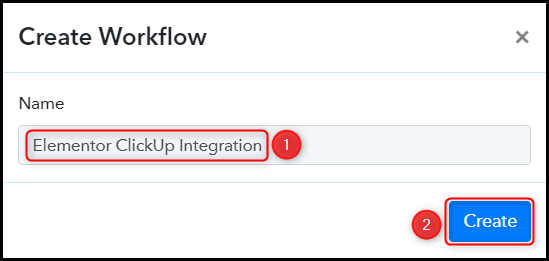
Step 2:- Setup Elementor as the Trigger App to Collect Responses
We will now explore the steps involved in creating a connection between Elementor and Pabbly Connect. This connection will enable us to gather responses from Elementor Form submissions.
A. Trigger App
Trigger enables us to select the application from which Pabbly Connect will retrieve the data. In our case, it would be Elementor.
Choose ‘Elementor’ as the Trigger App, and select ‘New Form Submission’ as the Trigger Event.

B. Webhook URL
You will be provided with a new Webhook URL which will be used to connect your Elementor account. Copy the Webhook URL.

As soon as you copy the Webhook URL, Pabbly Connect will start searching for Elementor form responses. You can see this process indicated by the rotating Waiting For Webhook Response button.

C. Connect Elementor For WordPress Account
Go to your Elementor form, add ‘Webhook’ as an action, then paste the previously copied Webhook URL, and ‘Update the changes made.

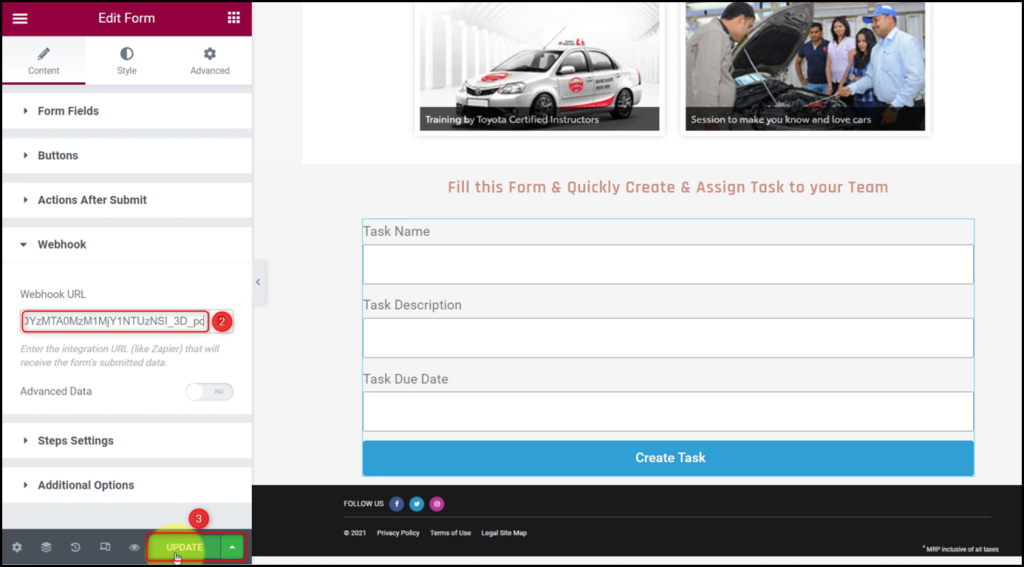
D. Test Connection
Submit a form with dummy details, and verify whether the response has been received.
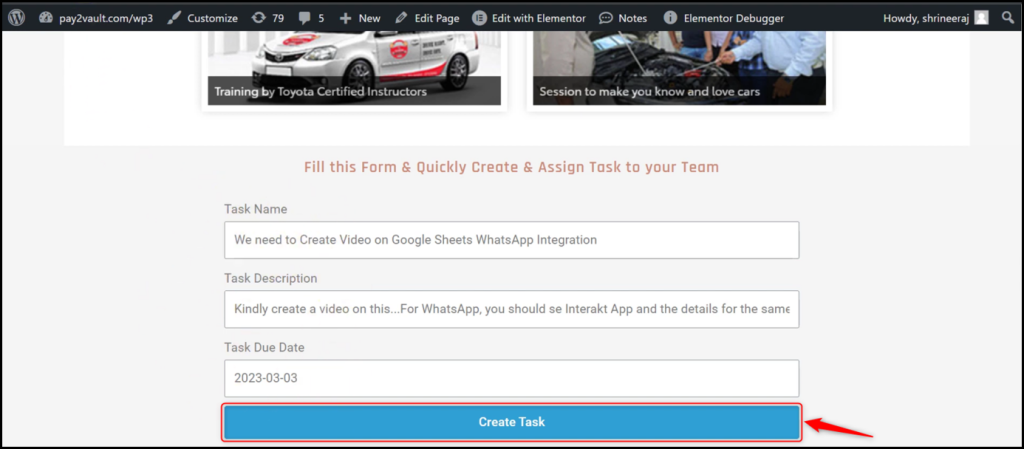
Navigate back to Pabbly Connect and expand Response Received to confirm that the respondent details are visible. This indicates that the connection between the two platforms has been established successfully.
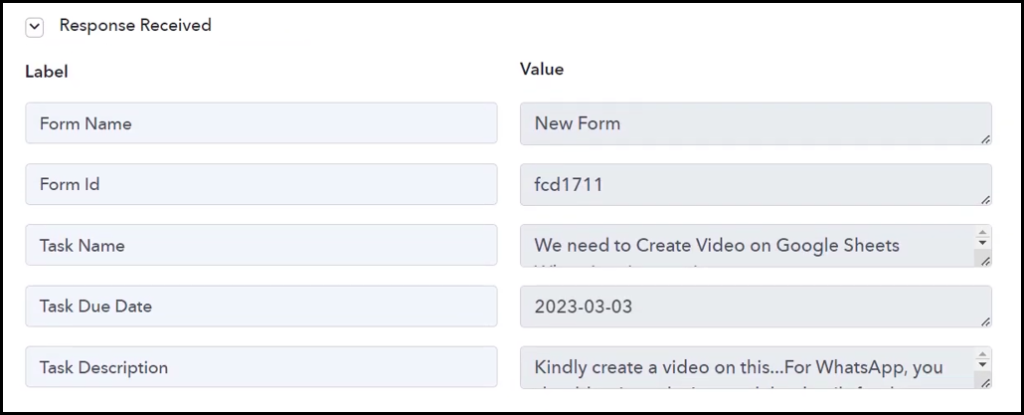
Step 3:- Add Date / Time Formatter to the Workflow
ClickUp requires us to enter Due Date as Timestamp in Millisecond format. However, the date we gathered from Elementor forms does not have this format. To resolve this problem, we will add a Date/Time Formatter to our workflow.
Choose ‘Date/Time Formatter by Pabbly’ as the Action App, select ‘Format Date with Time Zone’ as an Action Event, and click on ‘Connect’.
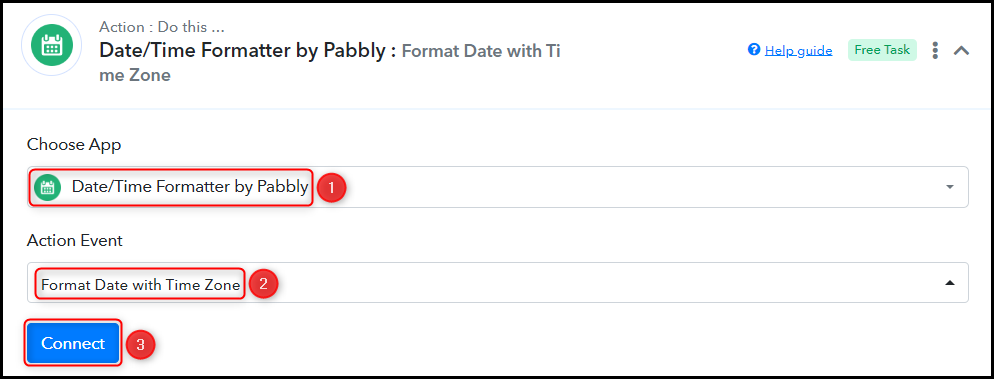
Map the Due Date from the previous step.


Select the From and To Formats and convert the format of the Due Date to Timestamp in Millisecond.

Choose the From and To Timezones and then click on ‘Save & Send Test Request’.
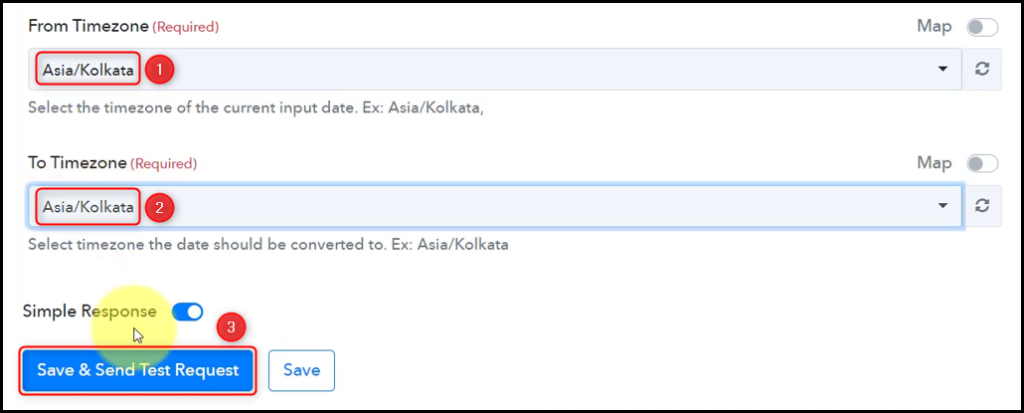
The Due Date has now been converted to the correct format.

Step 4:- Setup ClickUp as the Action App to Create New Tasks
Action allows us to choose the application that will get executed by the workflow trigger.
Our main objective is to create tasks in ClickUp using the data collected from the Elementor form responses, thereby making ClickUp the designated Action App.
A. Action App
Choose ‘ClickUp’ as the Action App, select ‘Create Task’ as an Action Event, and click on ‘Connect’.

B. Connect ClickUp Account
To connect with your ClickUp account, select ‘Add New Connection’. You will be prompted to enter your API Token.
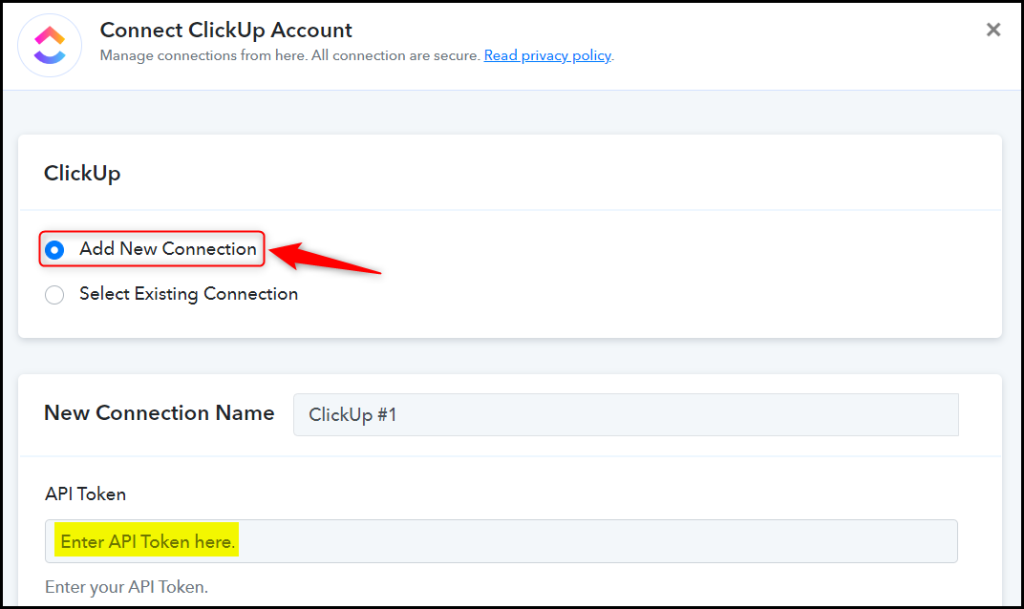
Login to your ClickUp account, and click on your ‘Profile Icon’ > ‘Apps’.


Copy your API Token, then paste it into the designated field, and finally click on ‘Save’.

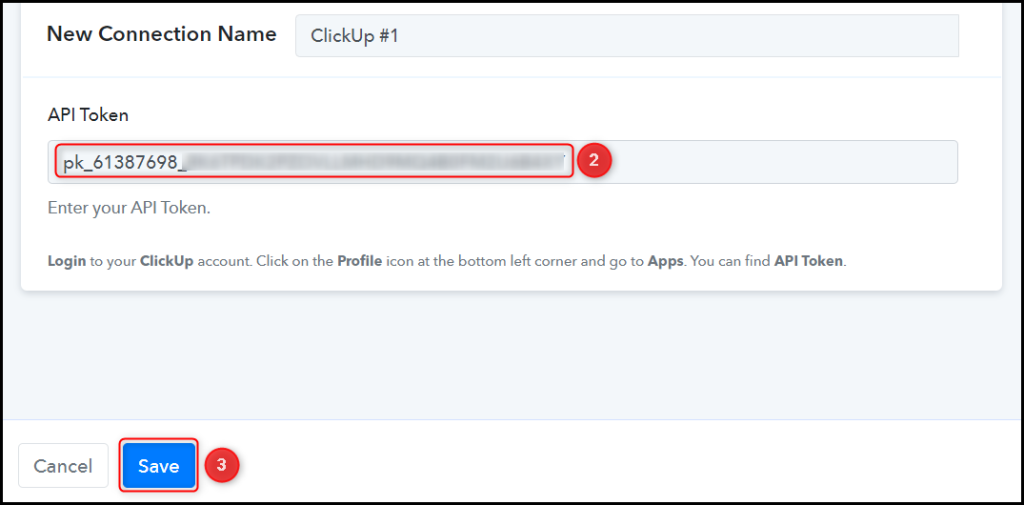
Choose your Workspace, Space, Folder Name, and List Name in which you would like to generate the tasks.
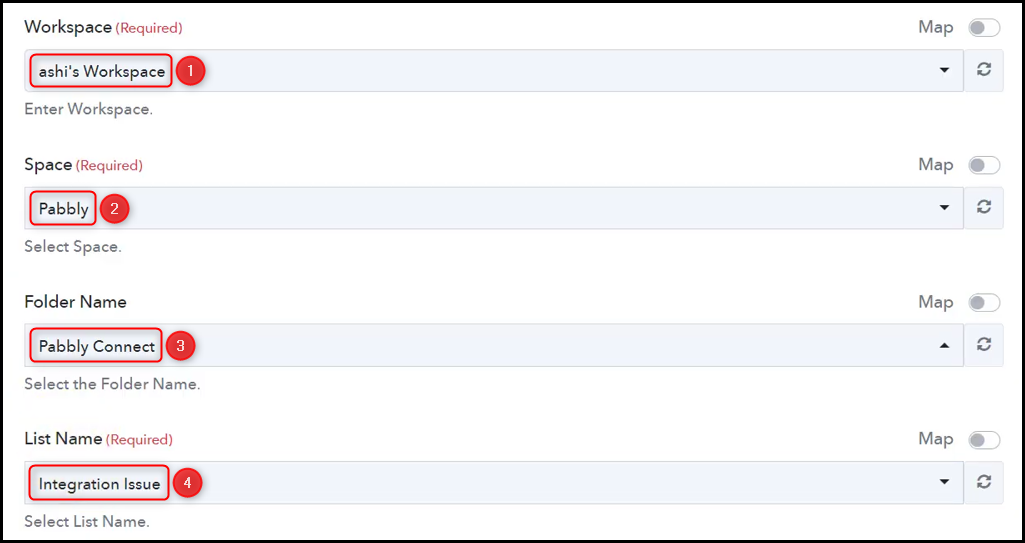
C. Map Necessary Fields
Having linked your ClickUp account, the only remaining task is to map the respondent details from the previous steps. This mapping process guarantees that our data remains flexible and adjusts accordingly based on the received responses.
Map the Task Name from the trigger step.
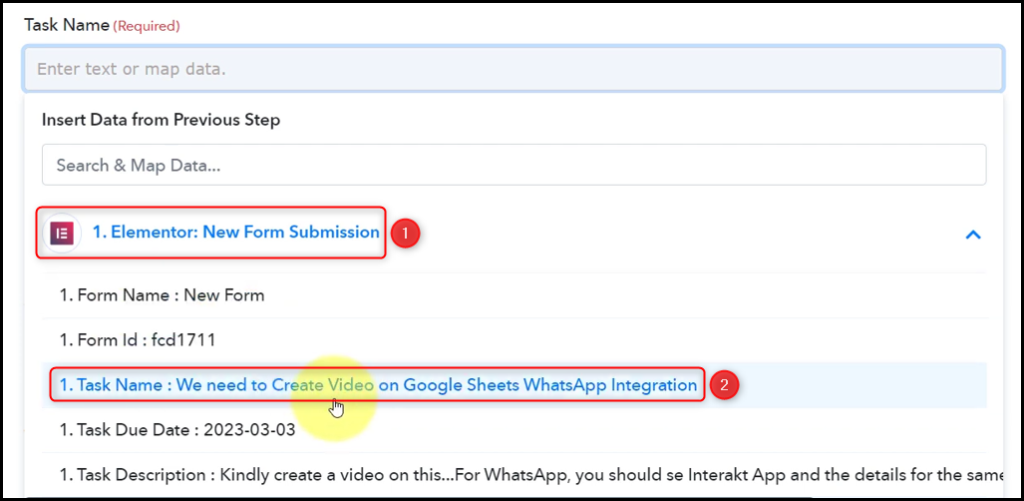

Likewise, map the other relevant fields and leave the unnecessary ones blank, then select ‘Save & Send Test Request’.

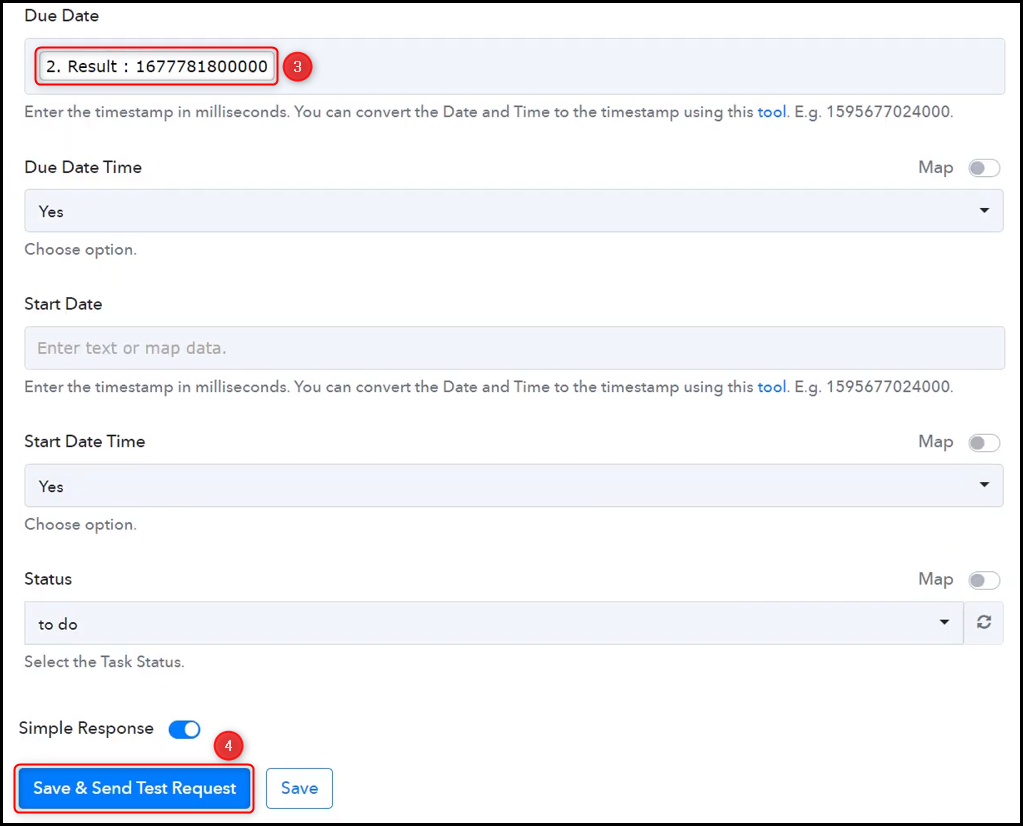
As soon as you select ‘Save & Send Test Request’, a task will be generated and added to your ClickUp task list.
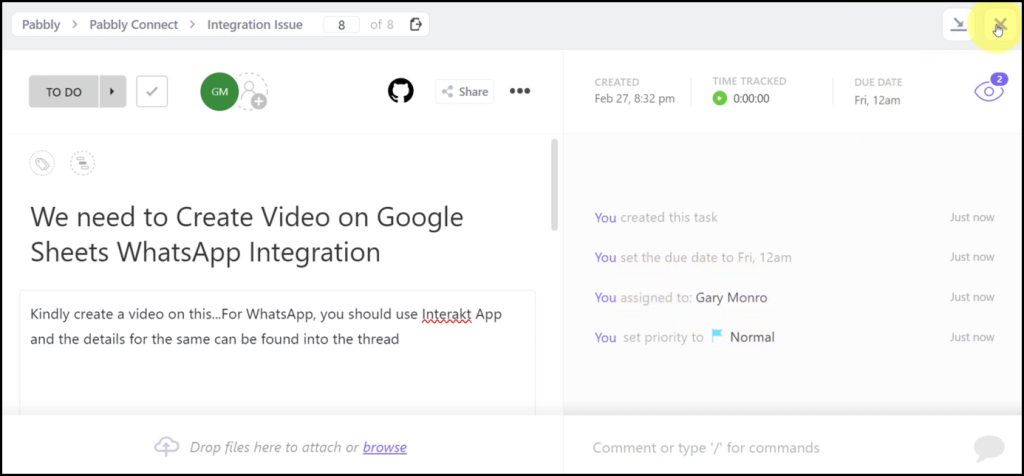
Our automation is complete. We have successfully integrated Elementor with ClickUp. Going forward, each time a new user responds to your Elementor form, their responses will automatically be used to create tasks in ClickUp.
You can copy this entire workflow by clicking this link.
Sign Up for a free Pabbly Connect account, and start automating your business
Subscribe to our Youtube Channel for more such automation
For any other queries, visit our forum
